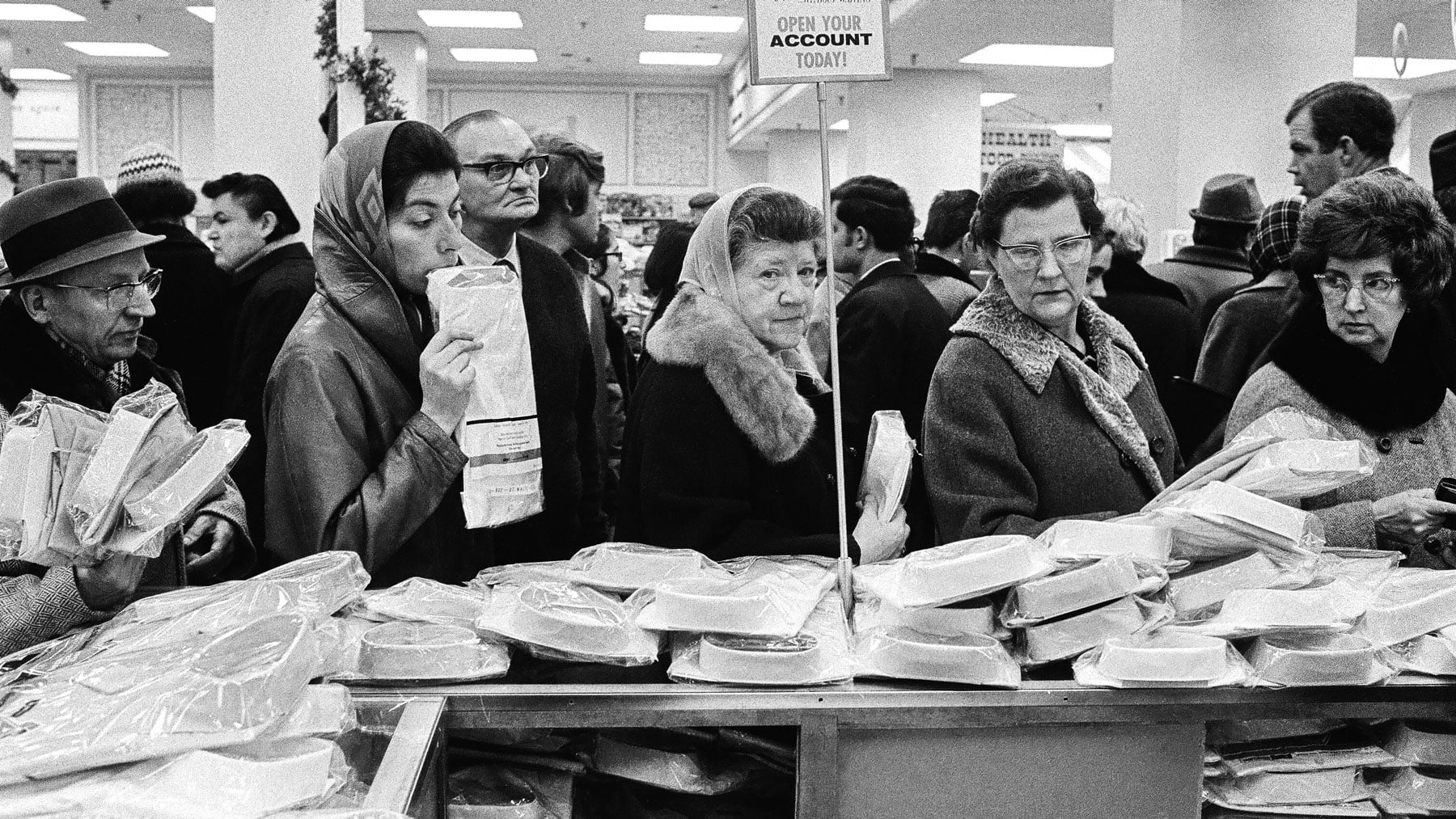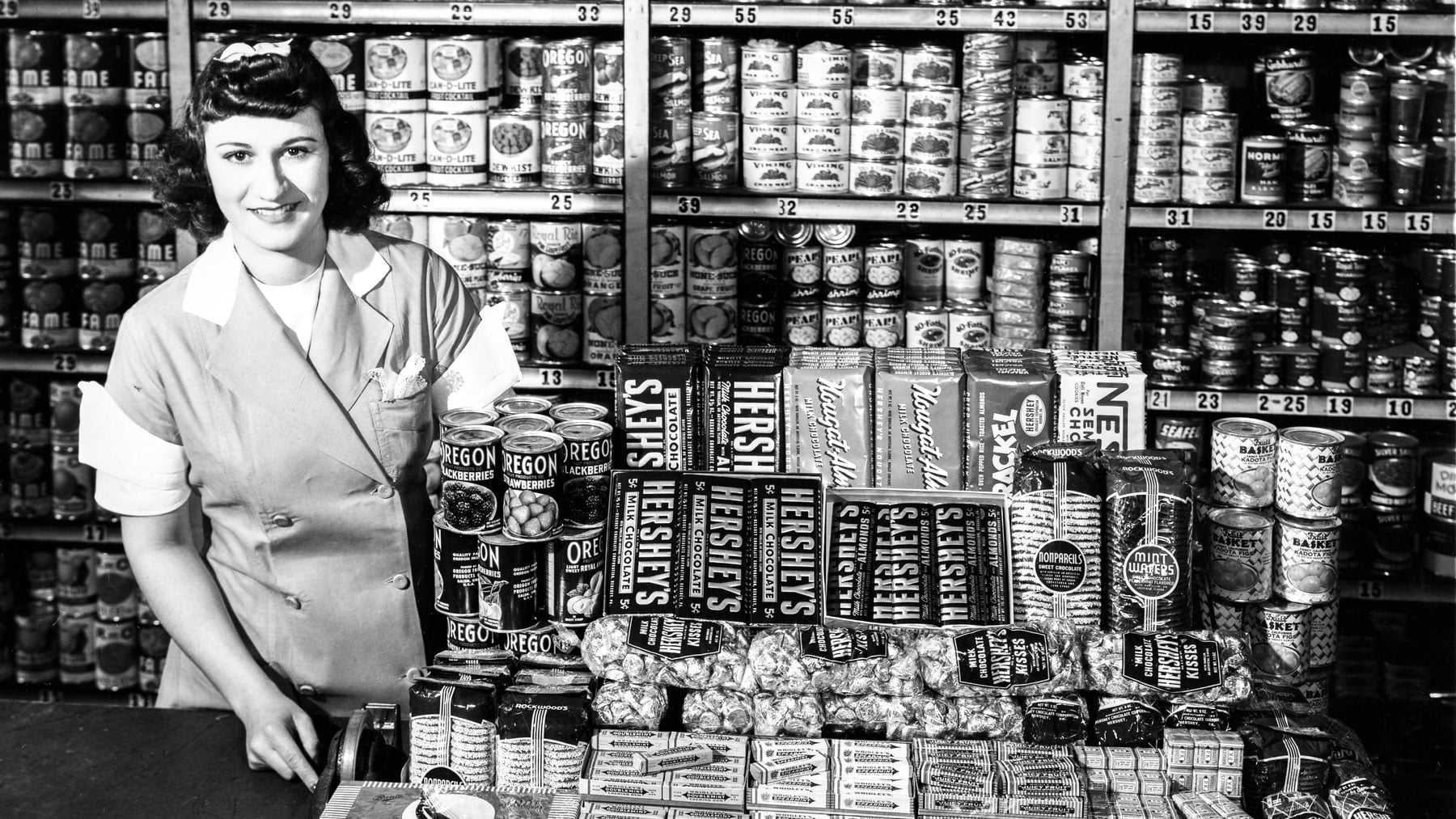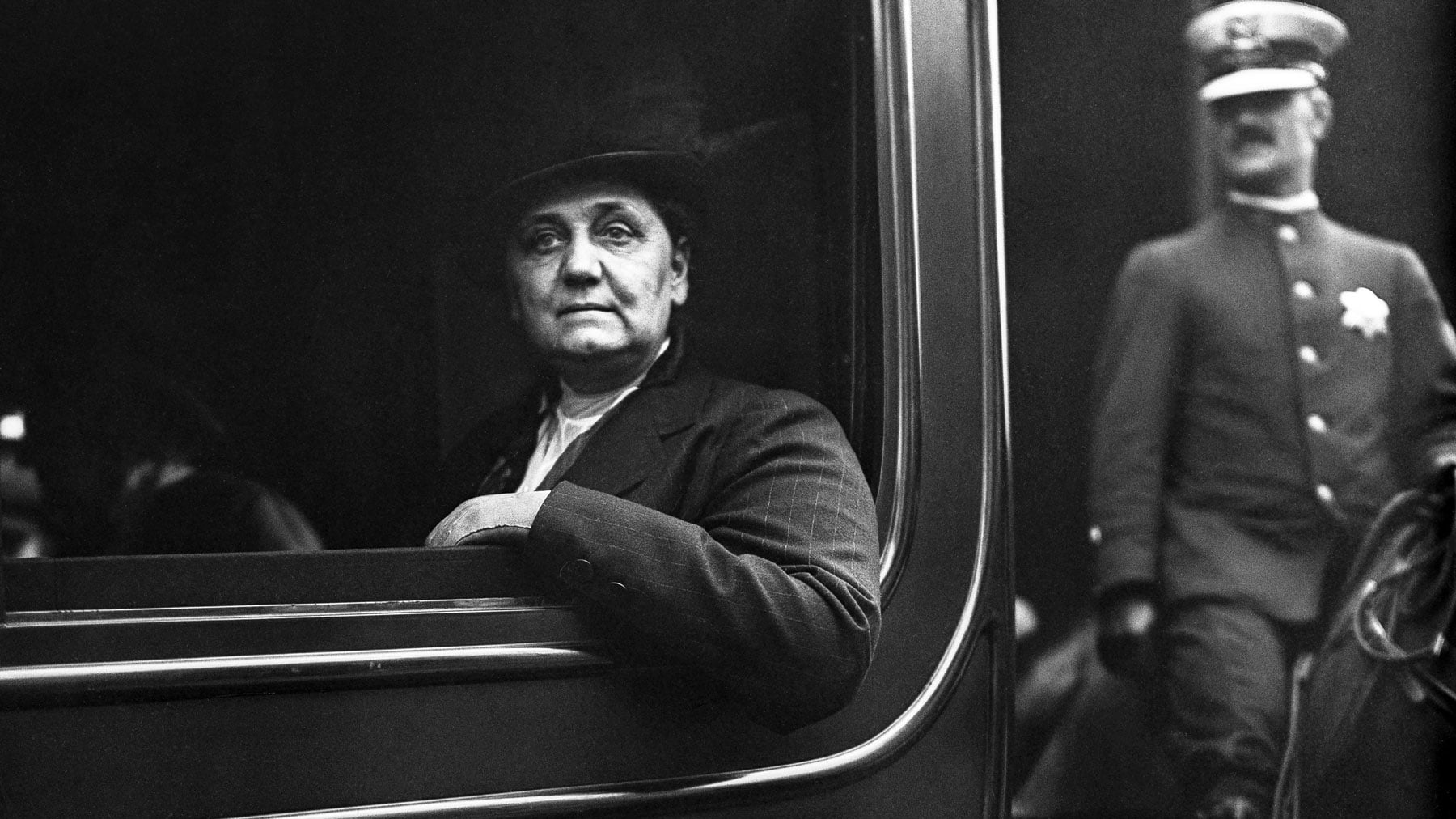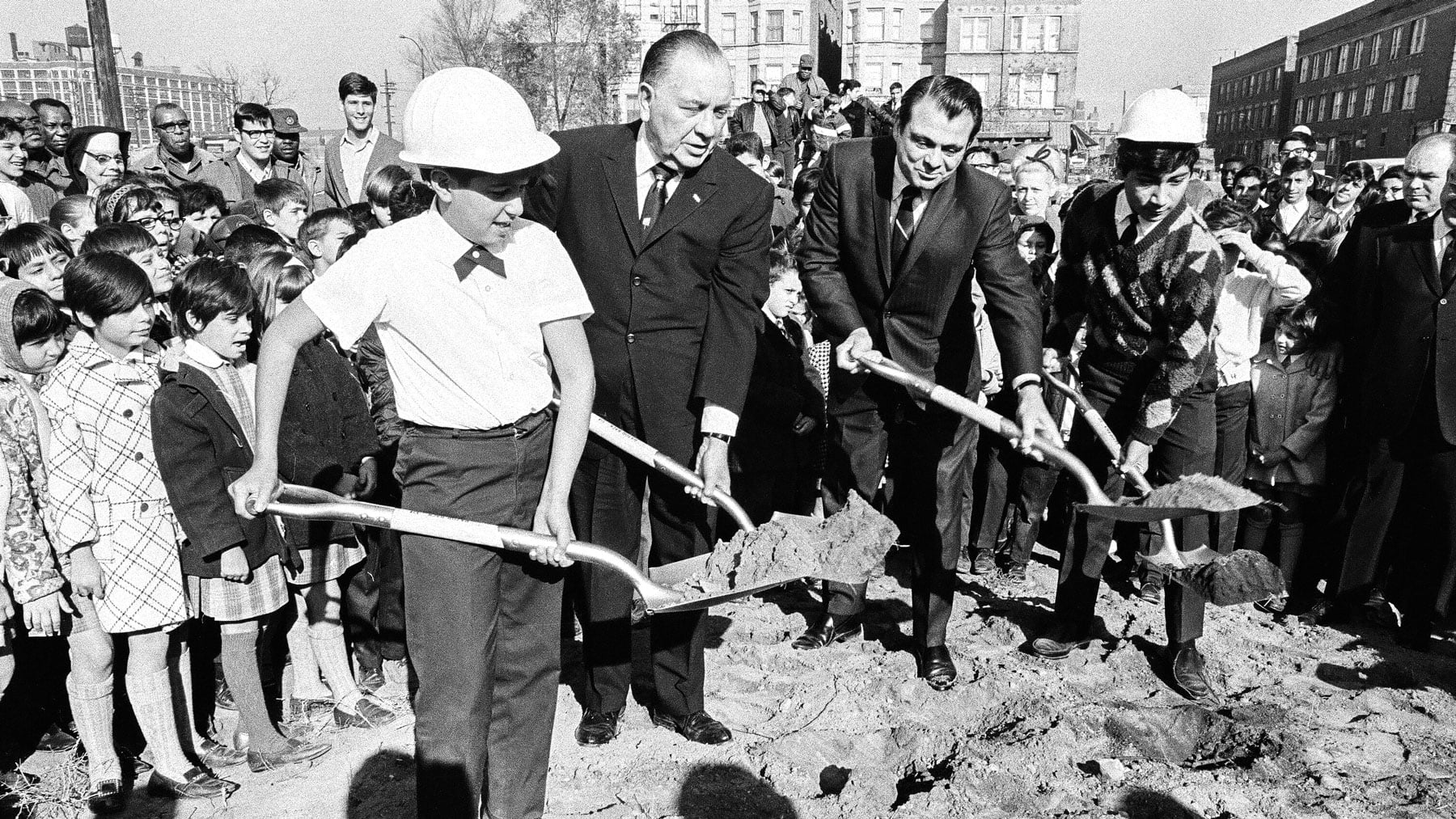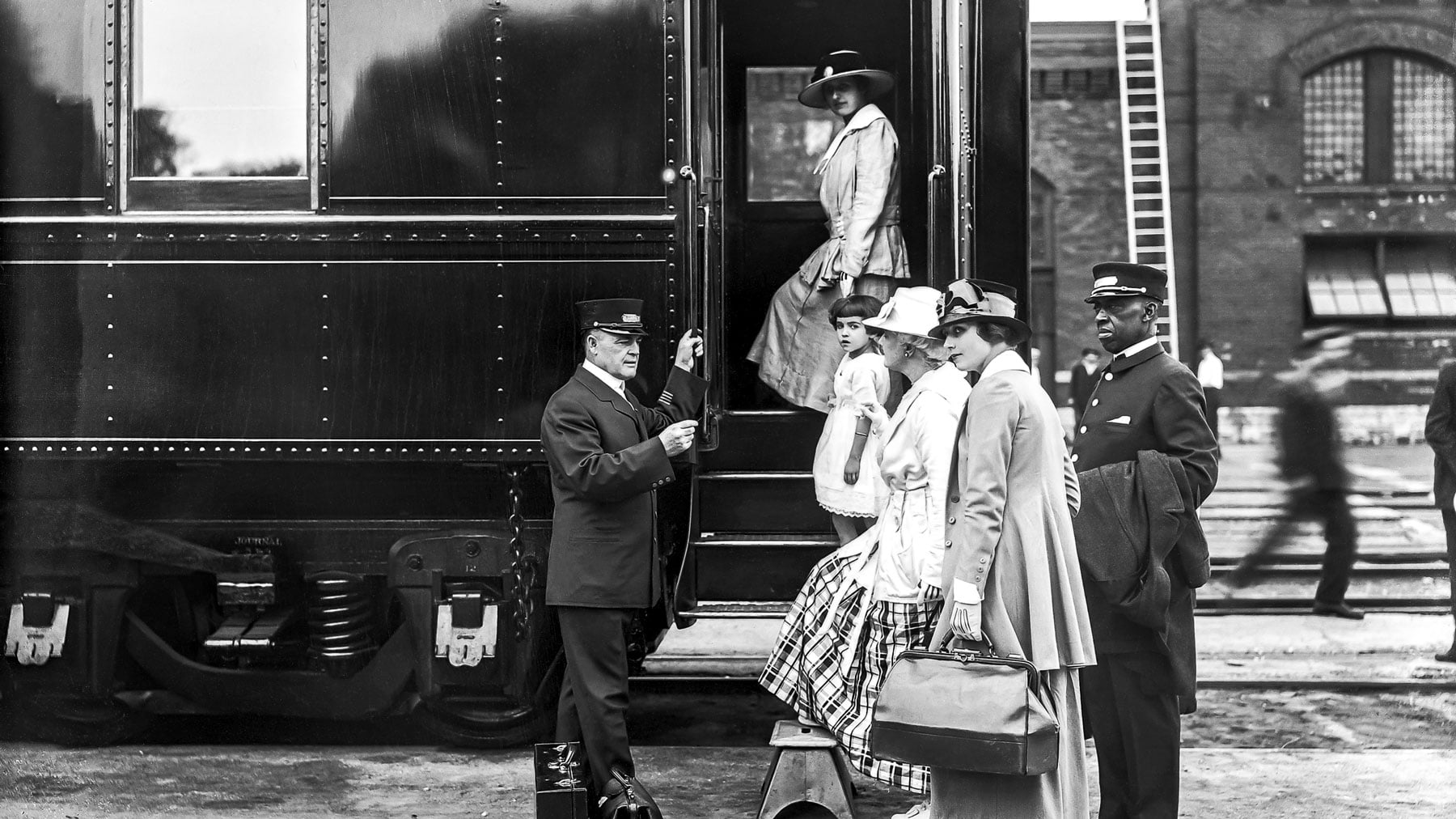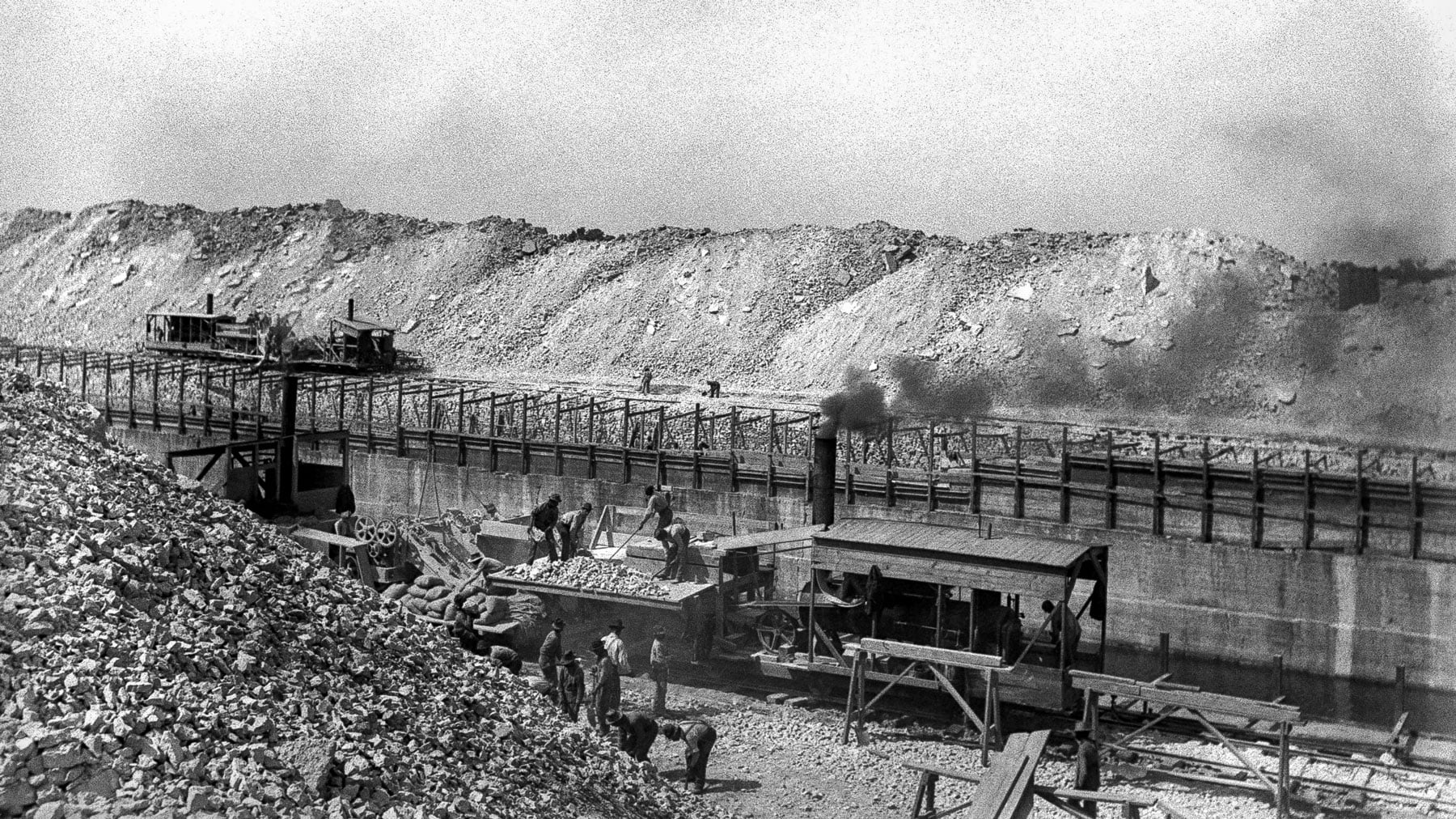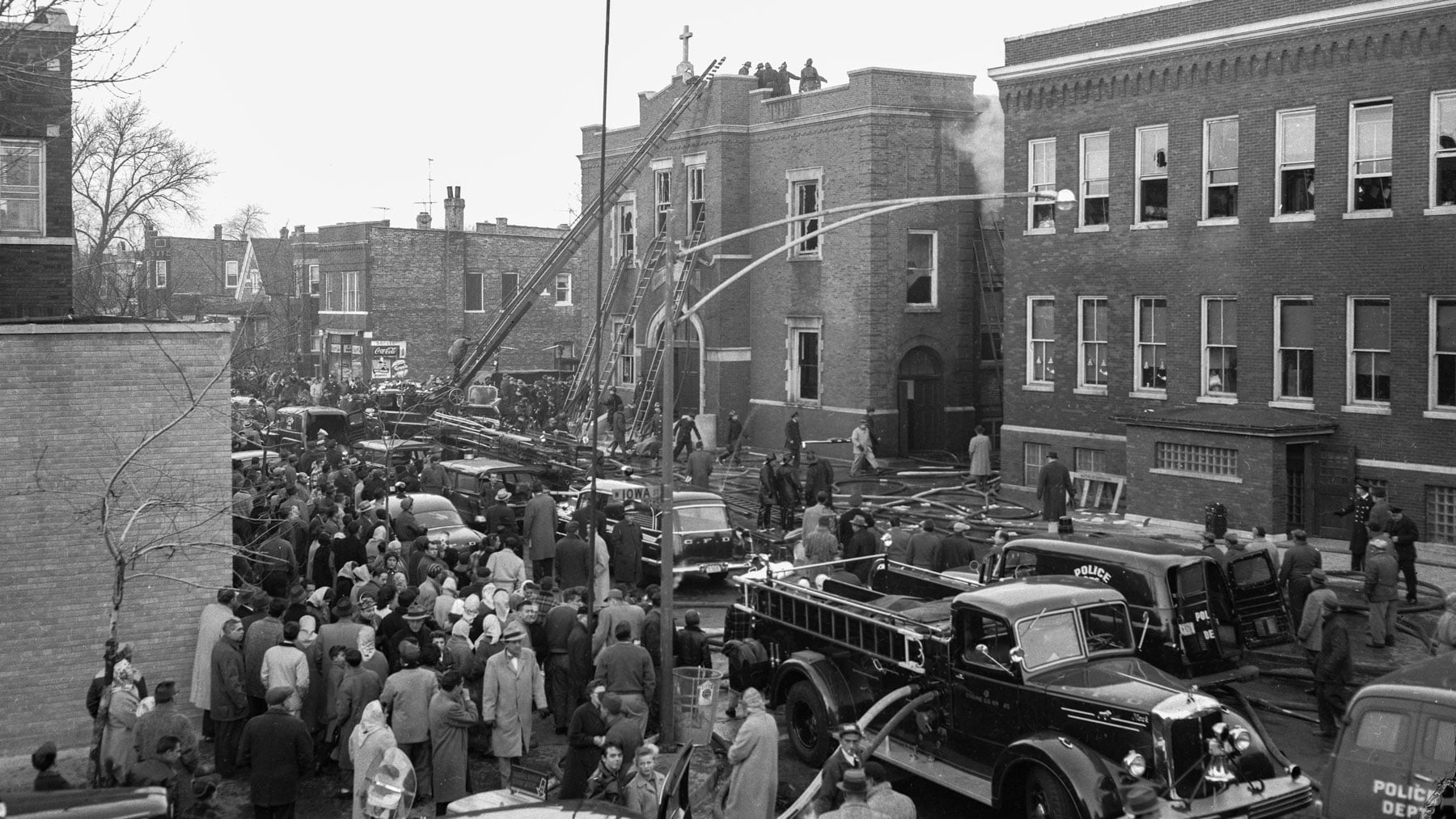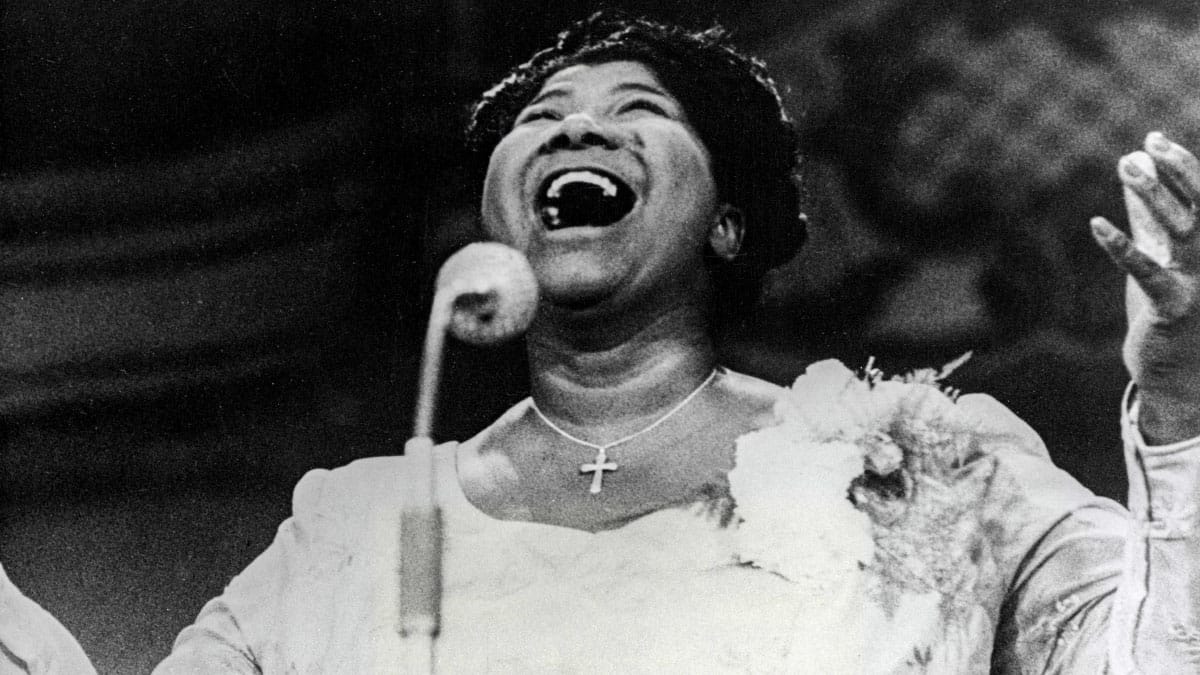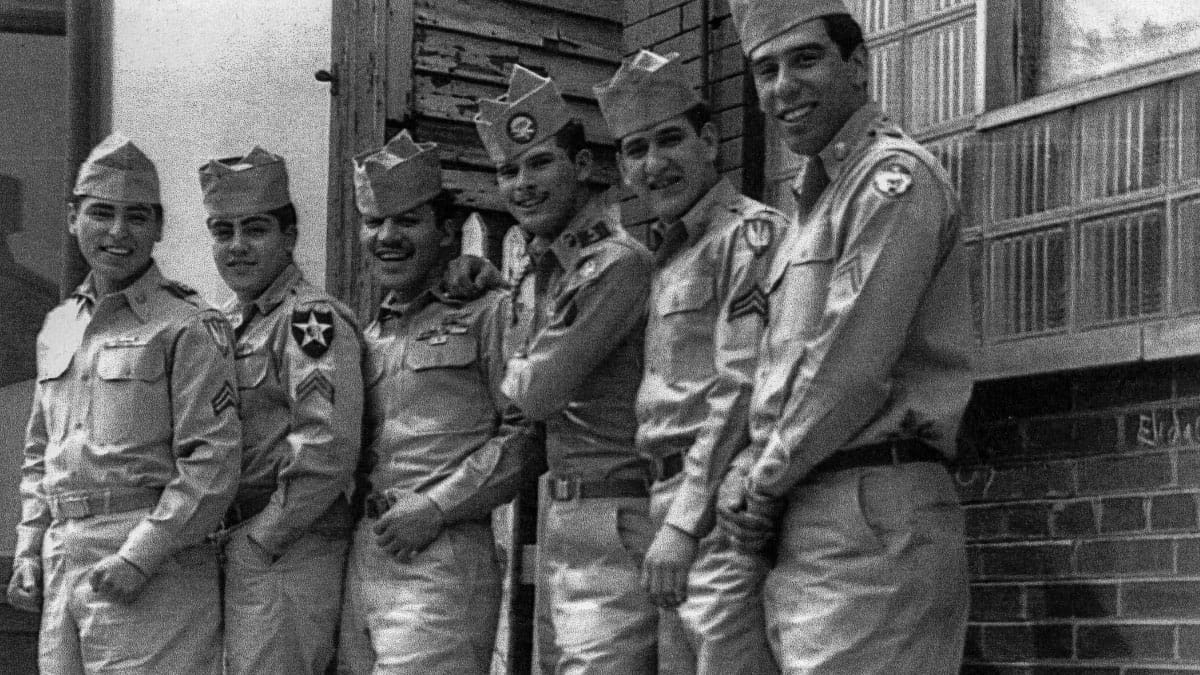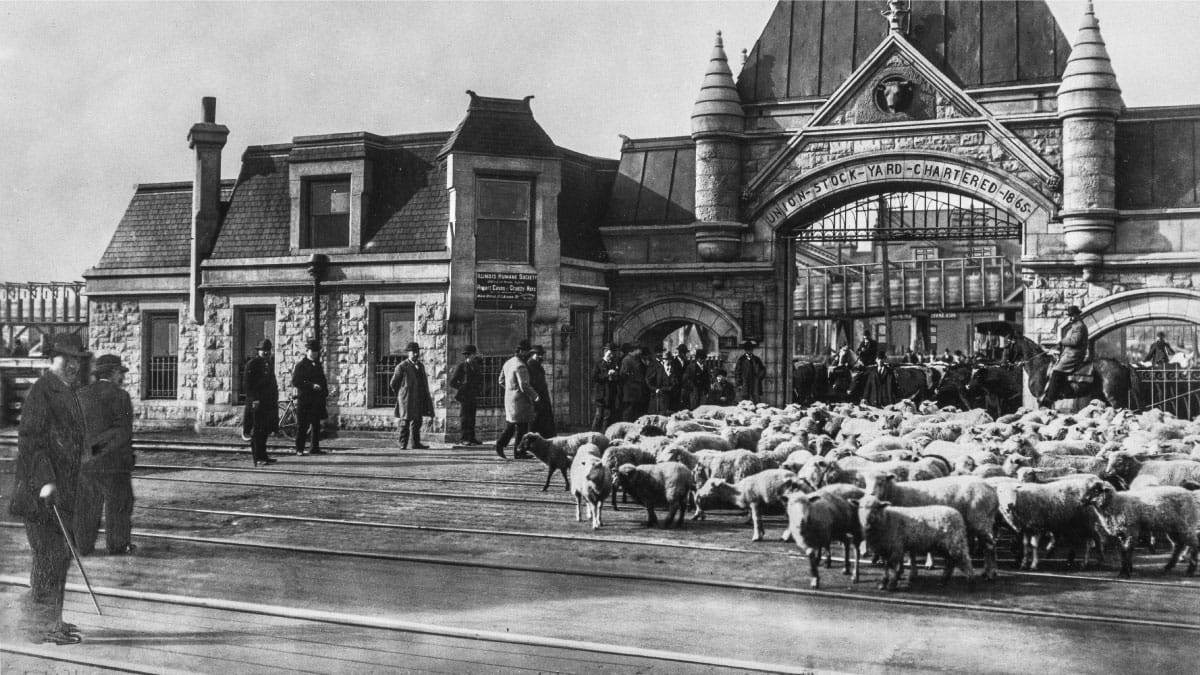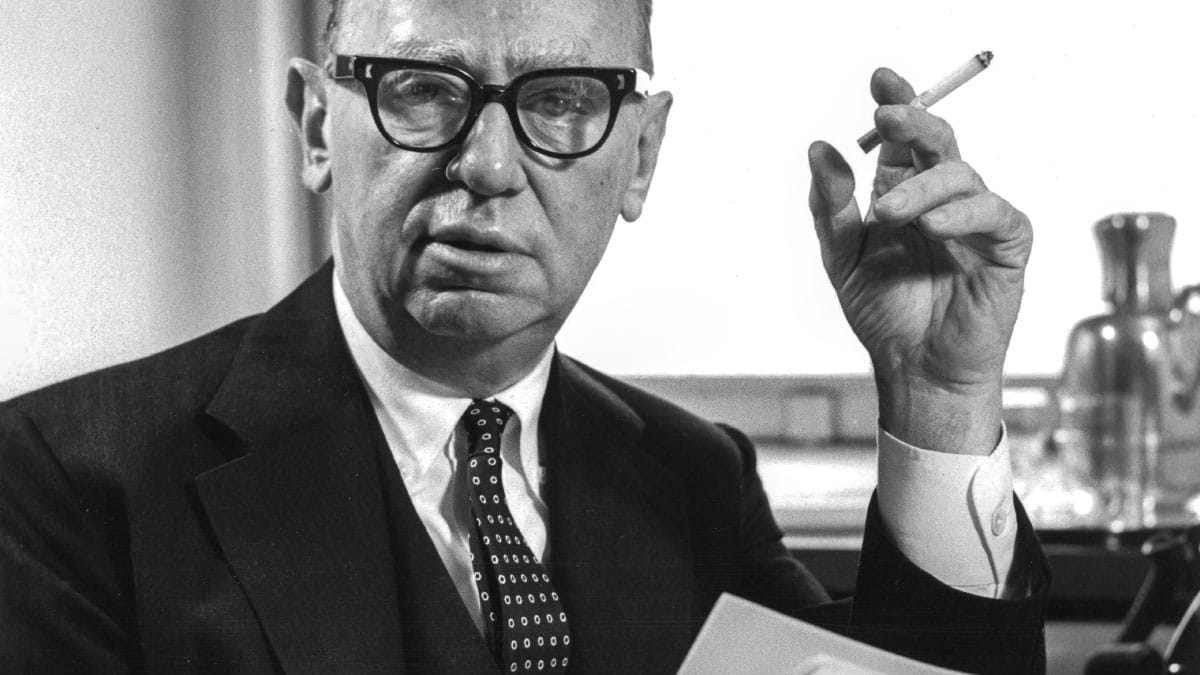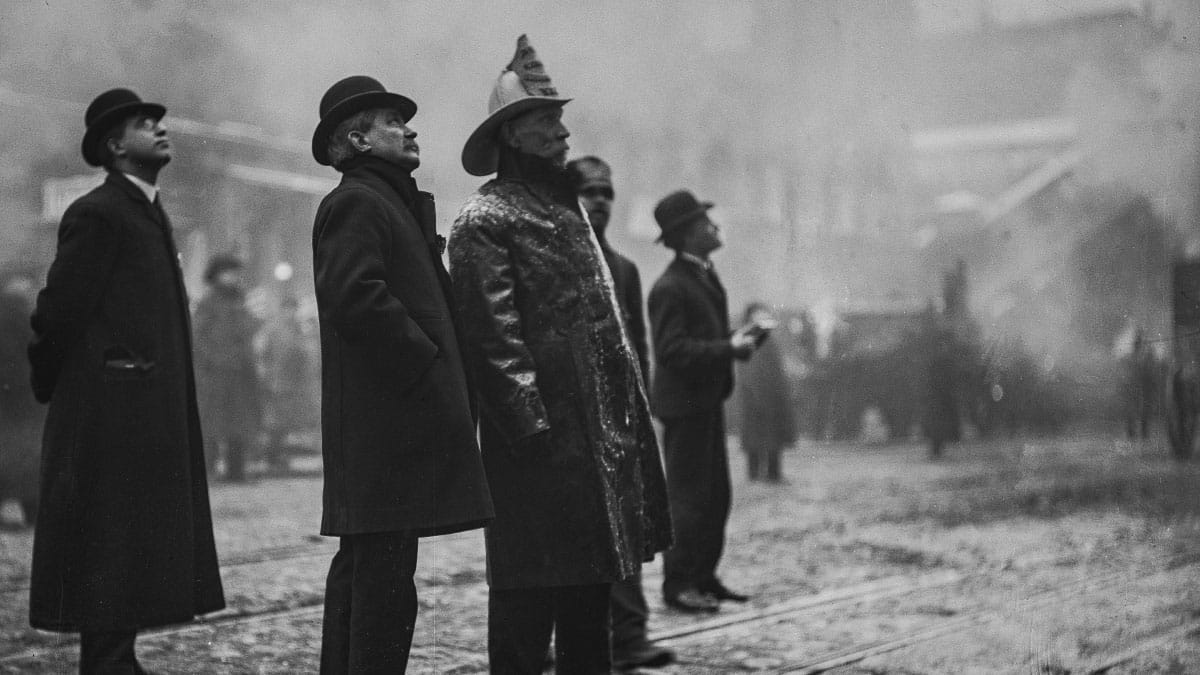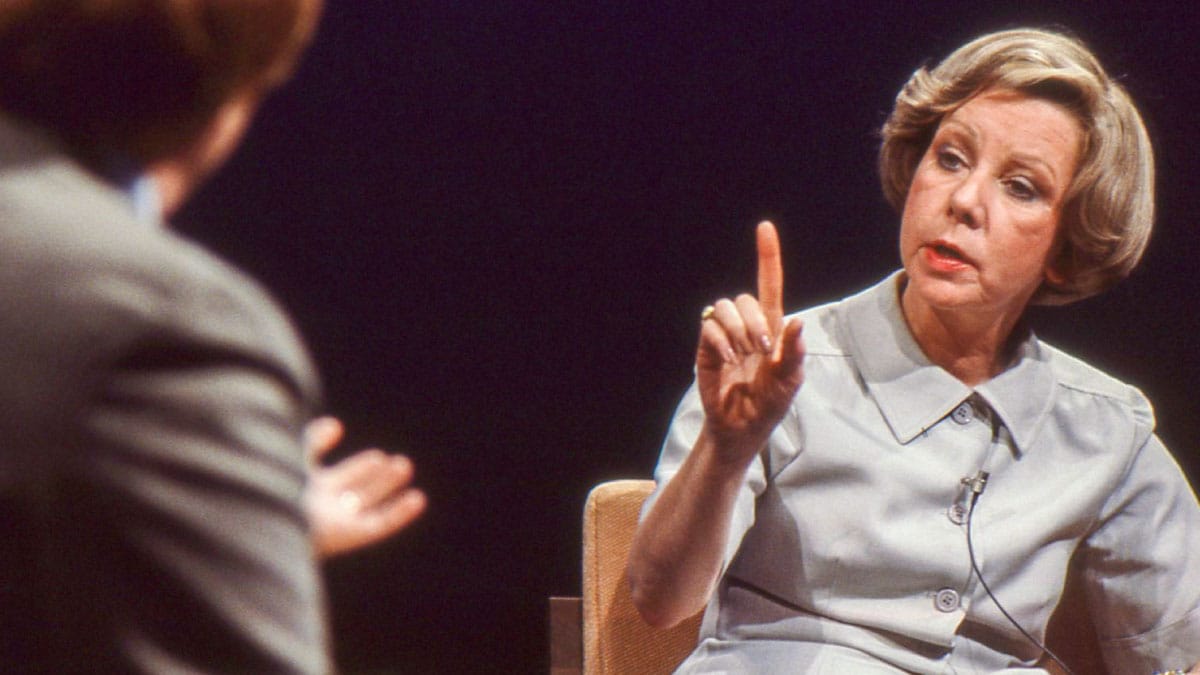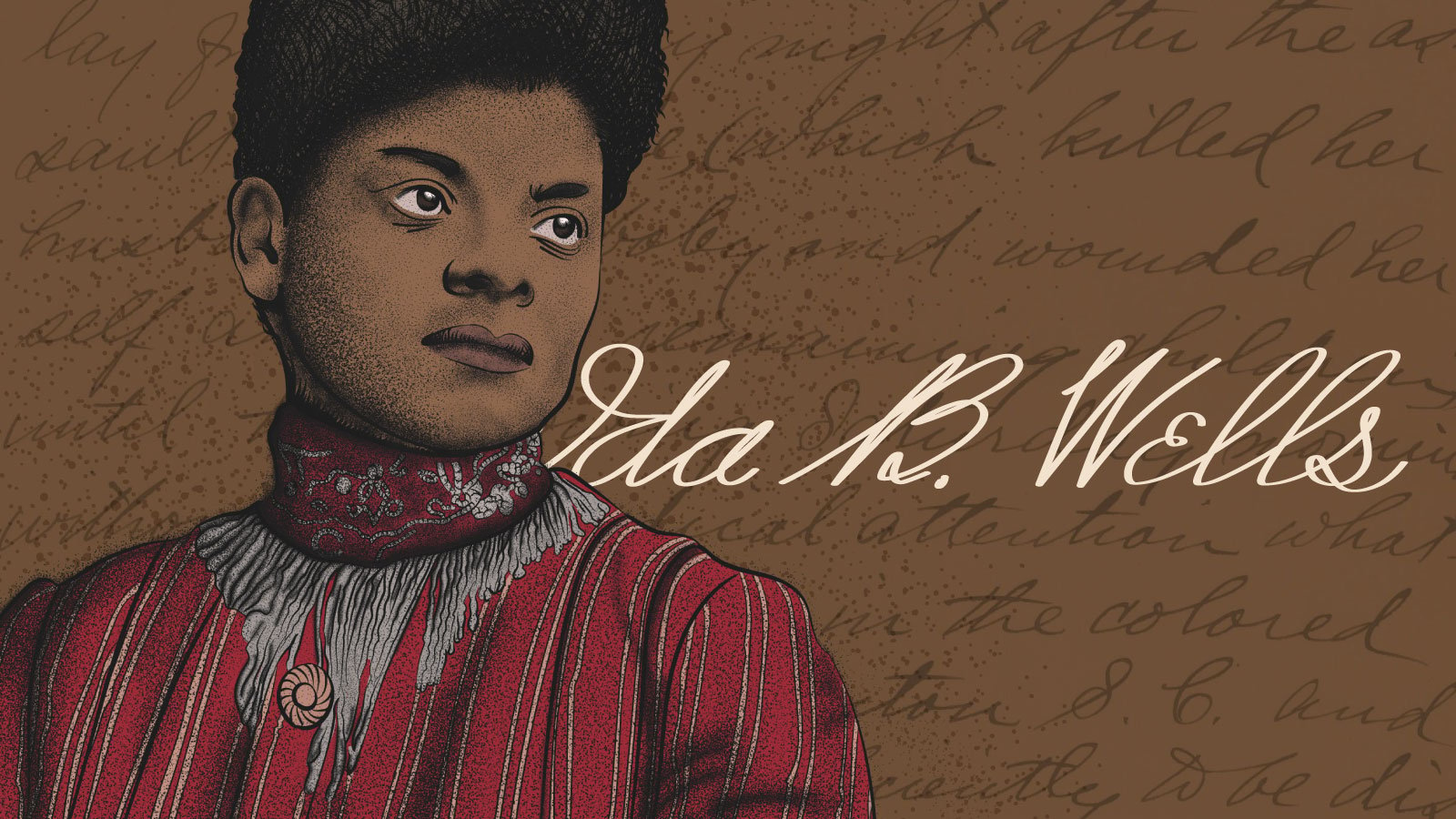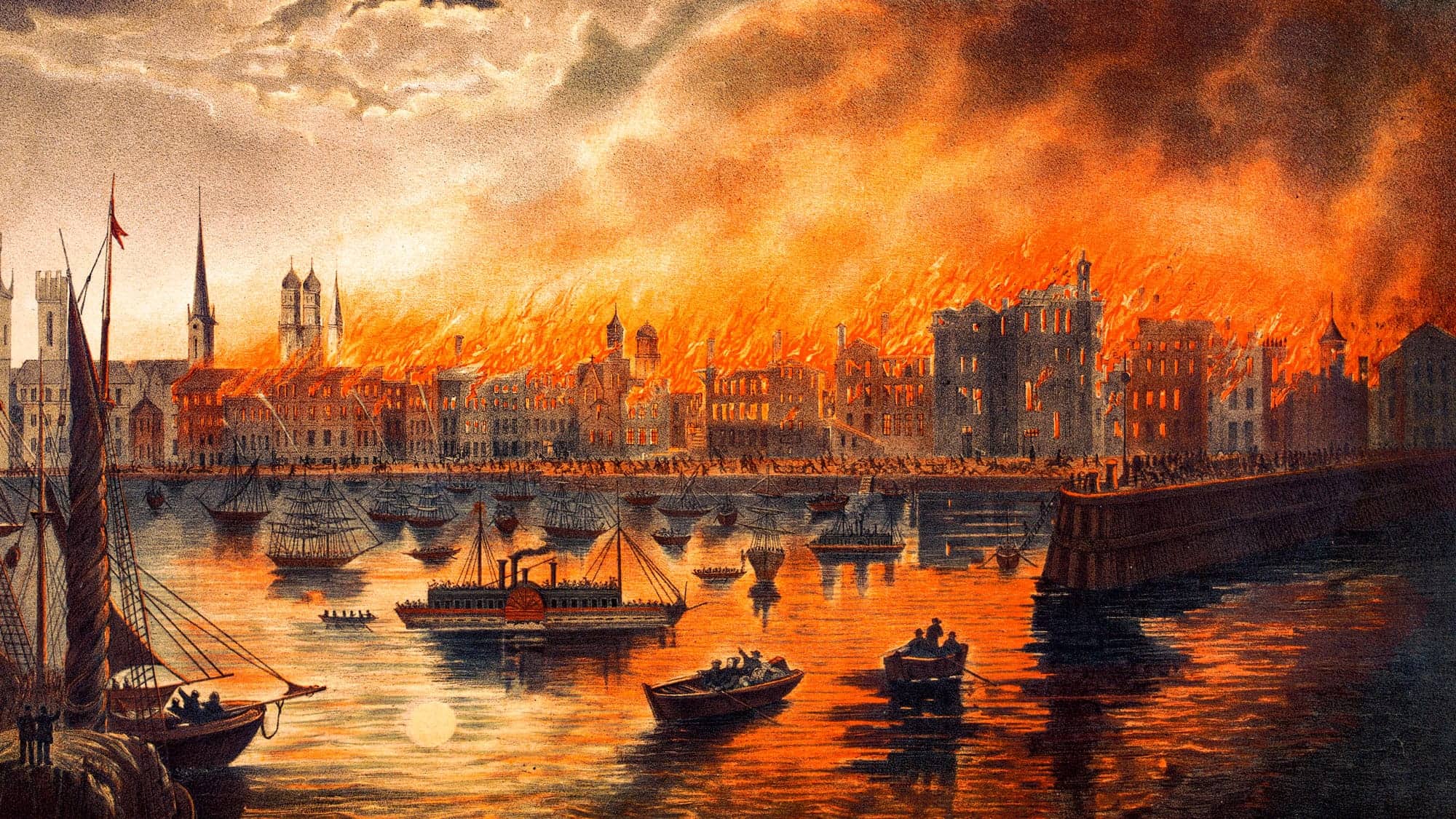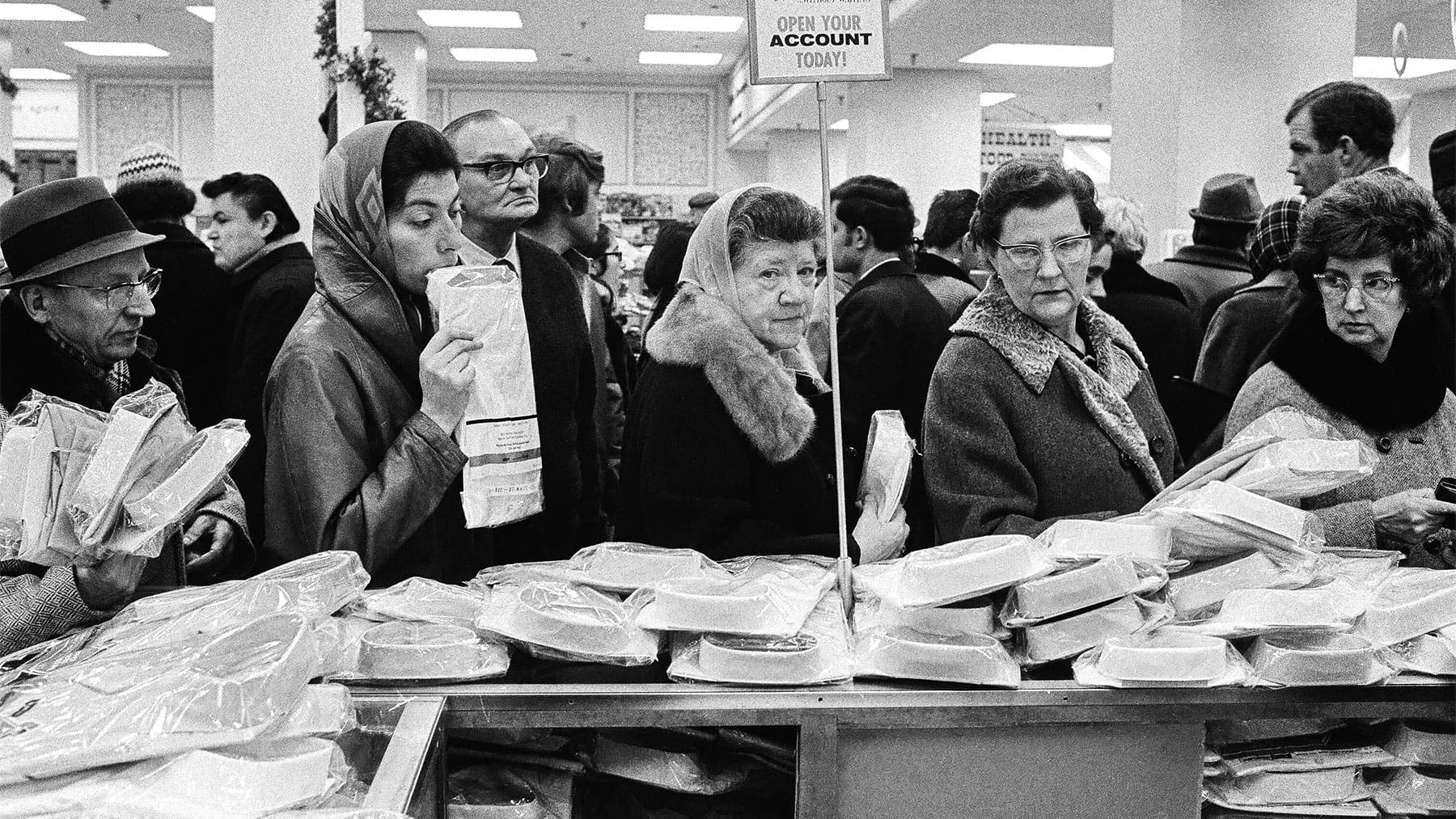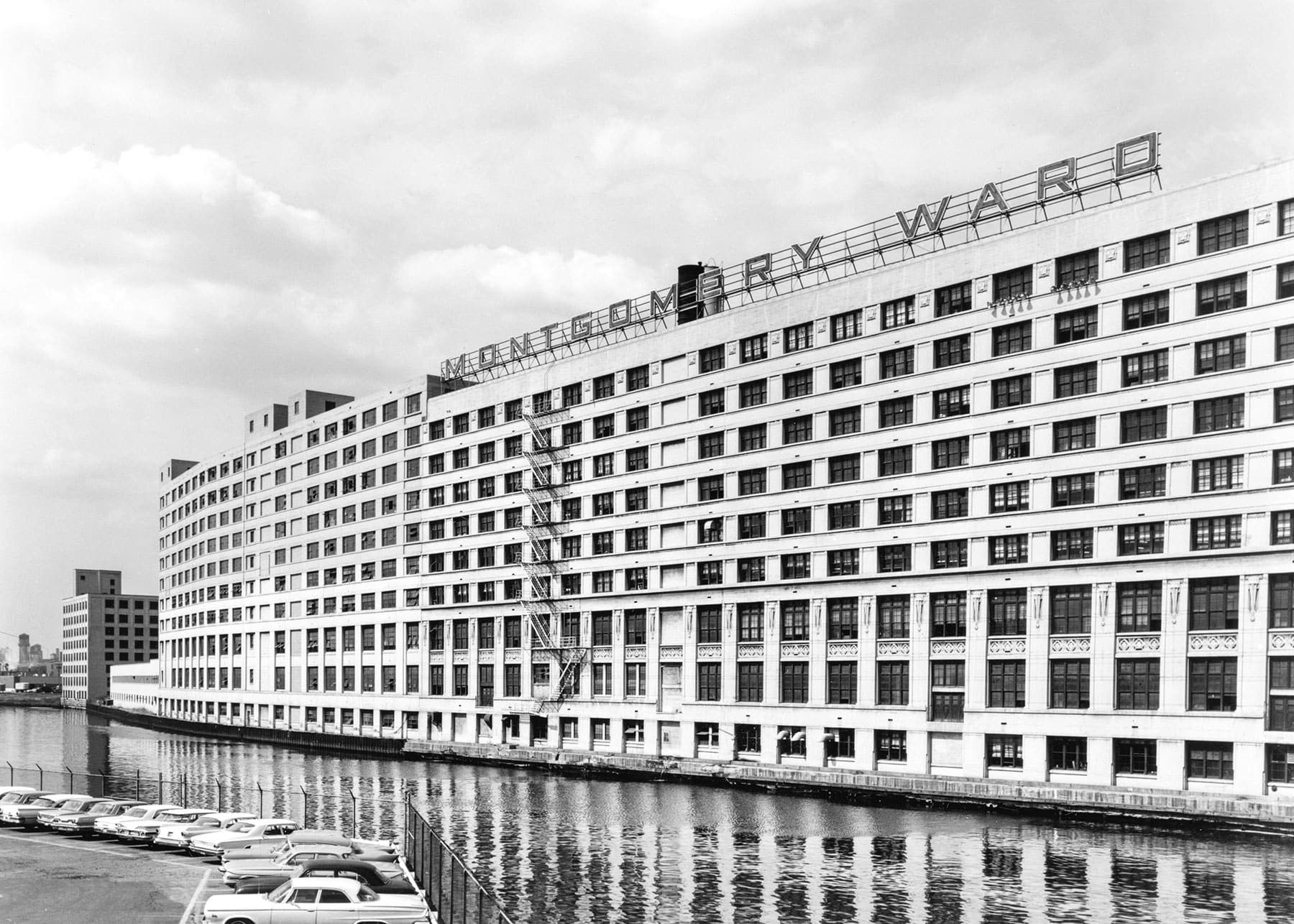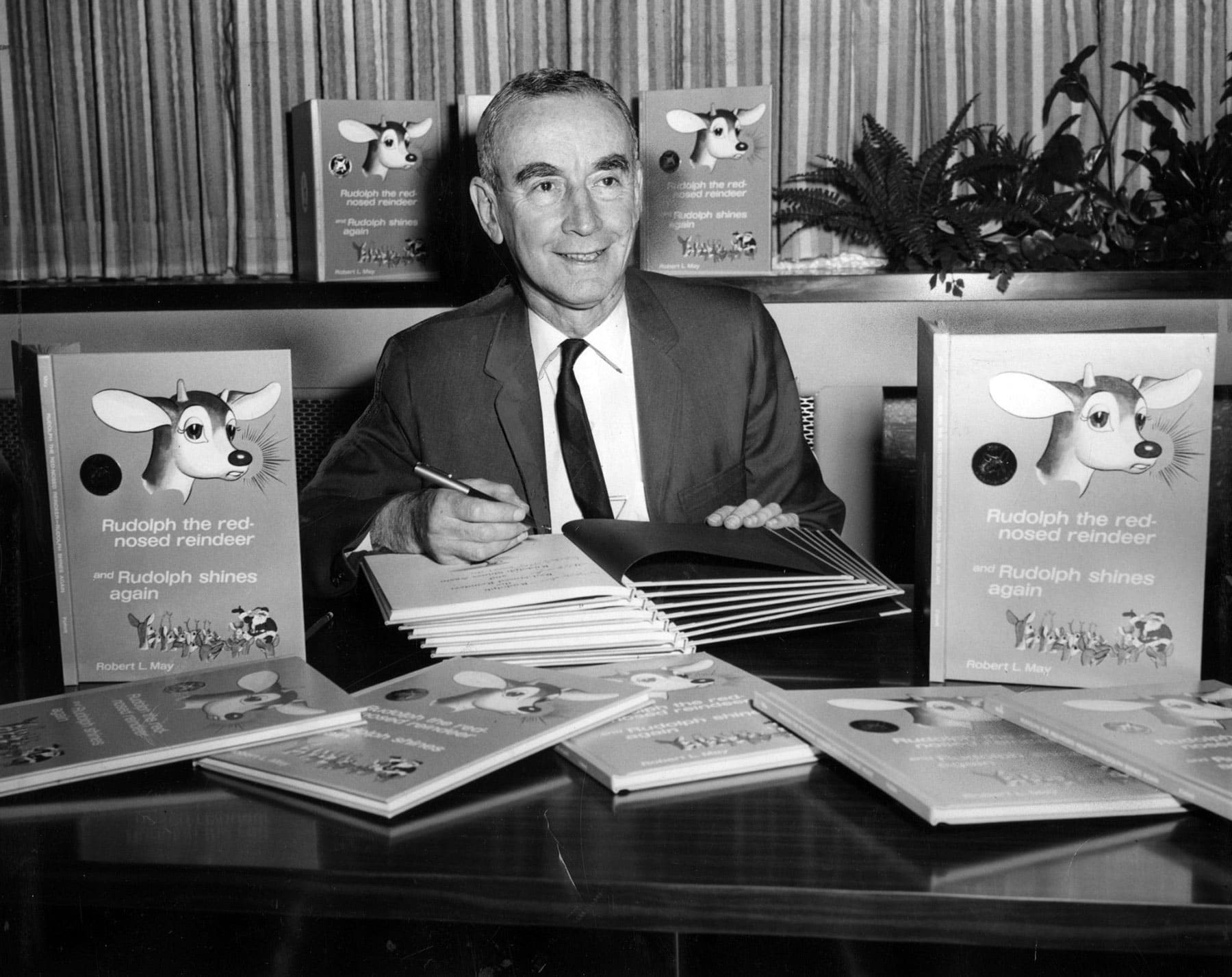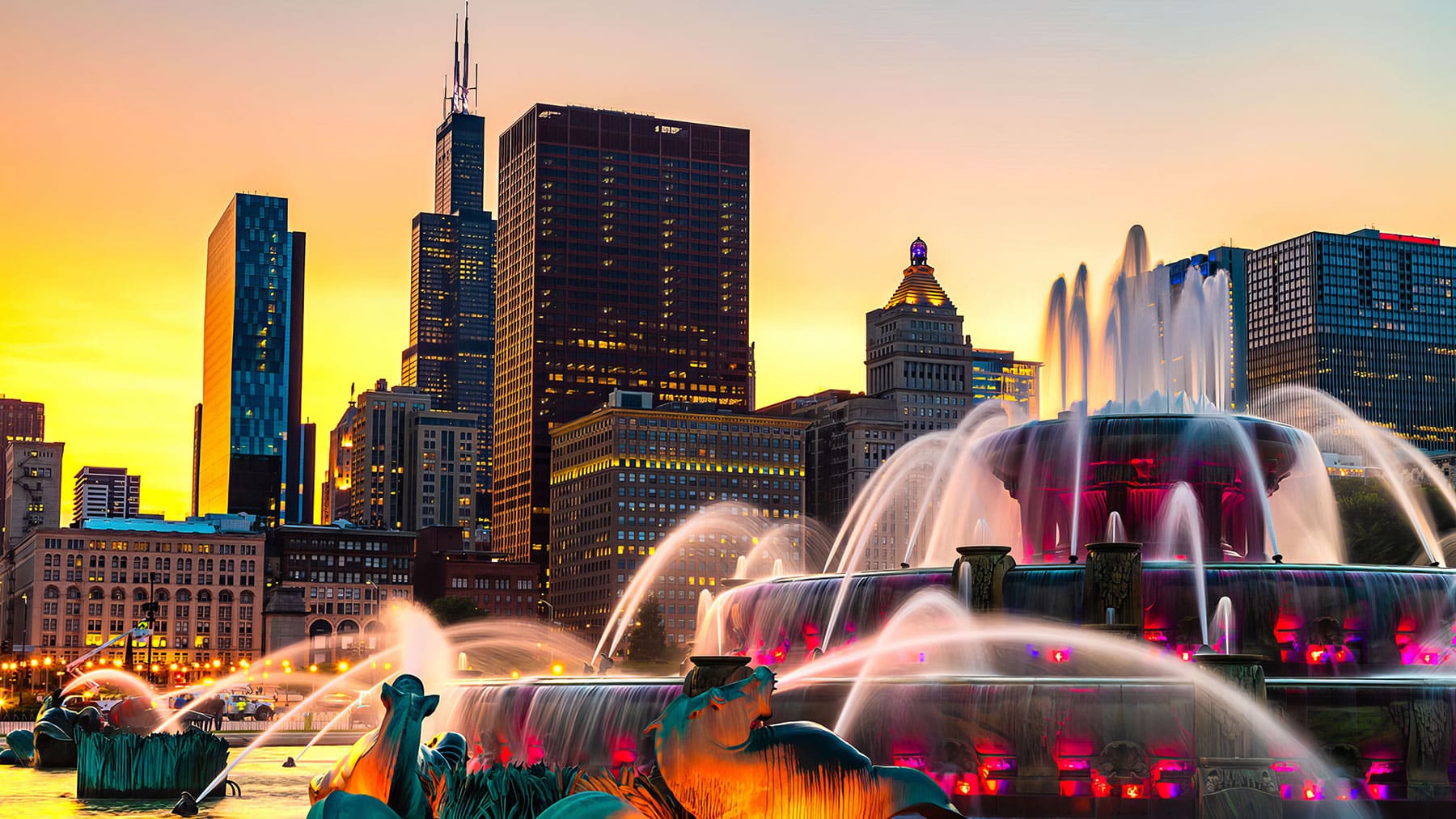Shoppers at Montgomery Ward in 1971. Image: ST-30004578-0066, Chicago Sun-Times collection, Chicago History Museum
In the late nineteenth century, Chicago’s location at the center of the country where railroads and industries converged made it an ideal location for entrepreneurs looking to make a buck – or millions of them. Aaron Montgomery Ward and Richard Warren Sears did just that. Each created a mail order catalog that evolved into a retail icon, changing American consumer habits along the way. While Sears and Montgomery Ward’s innovative ways of operating led to their rise as the Amazon of their time, new innovations would contribute to their decline a century later… Read more

